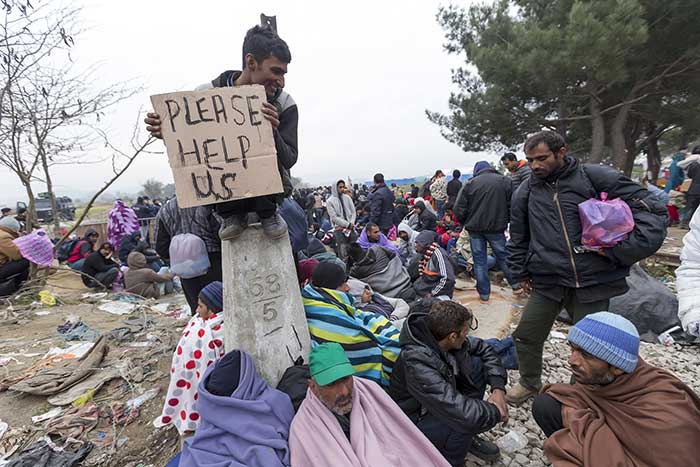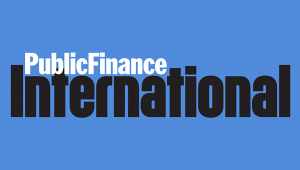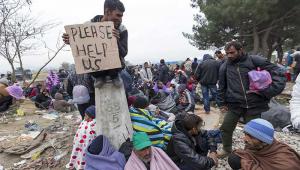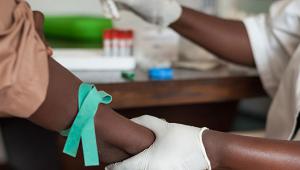web_refugees_shutterstock_341887823.jpg

Donor governments are increasingly spending aid funds on refugee costs at home.
ONE said it was pleased by new aid data, published last month by the OECD, that showed a 6.6% real term rise in the overall amount of official aid delivered in 2015. However, it was disappointed that the proportion of that figure going to the world’s least developed countries (LDCs) and Africa is still declining.
Sara Harcourt, policy director at ONE, said the figures showed that aid, which should be used to fight poverty, is being redirected towards covering the cost of hosting refugees.
“It’s absolutely right that we protect people fleeing war and insecurity, but it is wrong to do this by shifting resources away from the world’s poorest,” she said.
Under aid rules, set by the OECD, refugee-hosting governments are allowed to count the amount spent on a refugee in their first year in the country as official aid – known as official development assistance (ODA). Costs associated with repatriation are also allowed.
However, it can be unclear exactly what this means. For example, there is a question of when that 12 month period begins. This could be when the refugee enters the country, or when their application for asylum is accepted.
Amid an unprecedented spike in the number of refugees in 2015, especially into donor countries in Europe driven by the conflict in Syria, the lack of clarity around these definitions has become more problematic.
Overall, in 2015 $12.1bn in aid never left donor countries. Excluding these refugee costs, ODA only rose by 1.3% in real terms compared to 2014. In cash terms, total aid has declined since 2013.
In 2014, the influx of refugees to the world’s major donor countries saw their aid to the LDCs and Africa, where many of the LDCs are located, decline. The most recent figures update preliminary estimates from April last year, which showed the amount of ODA spent on refugees had doubled since then.
According to the OECD’s interpretation of the figures, total net ODA to the LDCs, countries that are the least able to lift themselves out of poverty, was $43bn in 2015 – a figure that would mark a rebound of almost 8% in real terms on the year before.
Similarly, the OECD puts 2015 aid to sub-Saharan Africa at $42.8bn – an increase of 6.3% in real terms since 2014.
But in ONE’s view, this marks a substantial overestimation. The OECD’s figures include all donors: traditional donor countries, members of the OECD’s Development Assistance Committee (DAC); international institutions like the World Bank; and non-DAC donors, such as the United Arab Emirates.
Instead, ONE used the OECD’s data to measure only DAC donor contributions, including those they deliver through international financial institutions. Using these calculations, aid to the LDCs increased by as little as 0.8%, while aid to Africa dropped by 2%.
ONE also excludes debt relief from its calculations and takes into account aid to the whole of Africa, rather than just the sub-Saharan region.
Harcourt said that the world was “shying away” from solving the global health, security and prosperity challenges facing an increasingly connected world.
“Donor countries must prioritise efforts to tackle extreme poverty and preventable disease, ensuring their focus is squarely on those with the least ability to lift themselves out of poverty,” she said.
“Doing so will bolster the fight against extreme poverty and efforts to overcoming the challenges we’re faced with in today’s world.”
Only six DAC nations covered by the OECD’s figures reached a decades-old United Nations target to spend 0.7% of gross national income on ODA. They were the UK, Denmark, Luxembourg, the Netherlands, Norway and Sweden. The UAE has also exceeded this target. Overall, net ODA as an average share of GNI stood at 0.3%.
By volume, the biggest donors were the US, the UK, Germany, Japan and France. The largest recipient of ODA was Syria, at $4.9bn, followed by Afghanistan ($4.3bn), Pakistan ($3.8bn), Ethiopia ($3.2bn) and India ($3.2bn).













